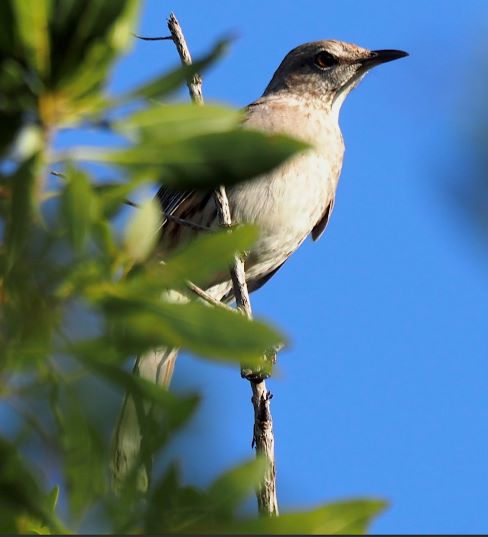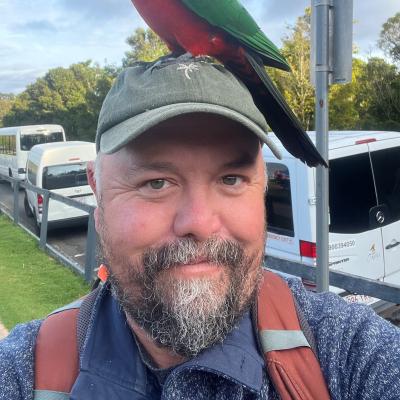Gavin Bieber reports from South Florida:
We just wrapped up our 2022 WINGS Spring Florida tour, a trip which provides a great survey of the habitats and avifauna of this remarkable region. We began over on the states’ west coast, where we found pine specialties like Red-cockaded Woodpecker and Bachman’s Sparrow. Fort Desoto gifted us with a Kirtland’s Warbler, an exceedingly rare species in Florida, as well as a nice selection of more common waders and migrants. We crossed the peninsula along the scenic Alligator Alley, marveling at the beautiful cypress bottomlands, heavily laden with epiphytes and flowers and the upland pine/oak scrub and grassland savannahs of the central peninsula. Out on Key Biscayne we tracked down vagrant Least Grebe and Bahama Mockingbird, and around the urban jungles of Miami we spent some time investigating the large numbers of exotic species that now call South Florida home including the newly minted Egyptian Goose, brightly colored Red-whiskered Bulbul and Spot-breasted Oriole, somewhat dubious-looking Muscovy Ducks and Monk, Yellow-chevroned and Mitred Parakeets. Enroute to the Dry Tortugas we found both Brown and Masked Boobies as well as a few Green Sea Turtles and flying fish. Out at the fort the dry and hot conditions limited the number of migrants present, but we still enjoyed ten species of Warblers, a surprise male Shiny Cowbird, a locally rare Red-shouldered Hawk and excellent views of a perched Black Noddy and several pairs of ethereally white Roseate Terns. The Florida Keys revealed many handsome White-crowned Pigeons, a few Black-whiskered Vireos, loafing Wilson’s Plover, a rather soggy Mangrove Cuckoo, and amazingly close views of displaying Antillean Nighthawks. On our last day, we visited some spectacular wading bird colonies, where breeding Wood Storks, Anhingas and herons were only feet away from us on the boardwalk. It was a busy but great week in what is surely one of most unique landscapes and avifaunas of the United States.

Bahama Mockingbird (photo by Ethan Kistler)
Black (and Brown) Noddies
Black-bellied Whistling-Duck
Brown Booby
Burrowing Owl
Caribbean Reef Squid
French Angelfish
Grey-headed Swamphen
Hispid Cotton Rat
Kirtland's Warbler
Least Bittern
Least Grebe
Limpkin
Mangrove Cuckoo
Northern Curly-tailed Lizard
Osprey
Phantom Darner
Red-cockaded Woodpecker
Roseate Tern
Shiny Cowbird
White-crowned Pigeon
Wood Stork
